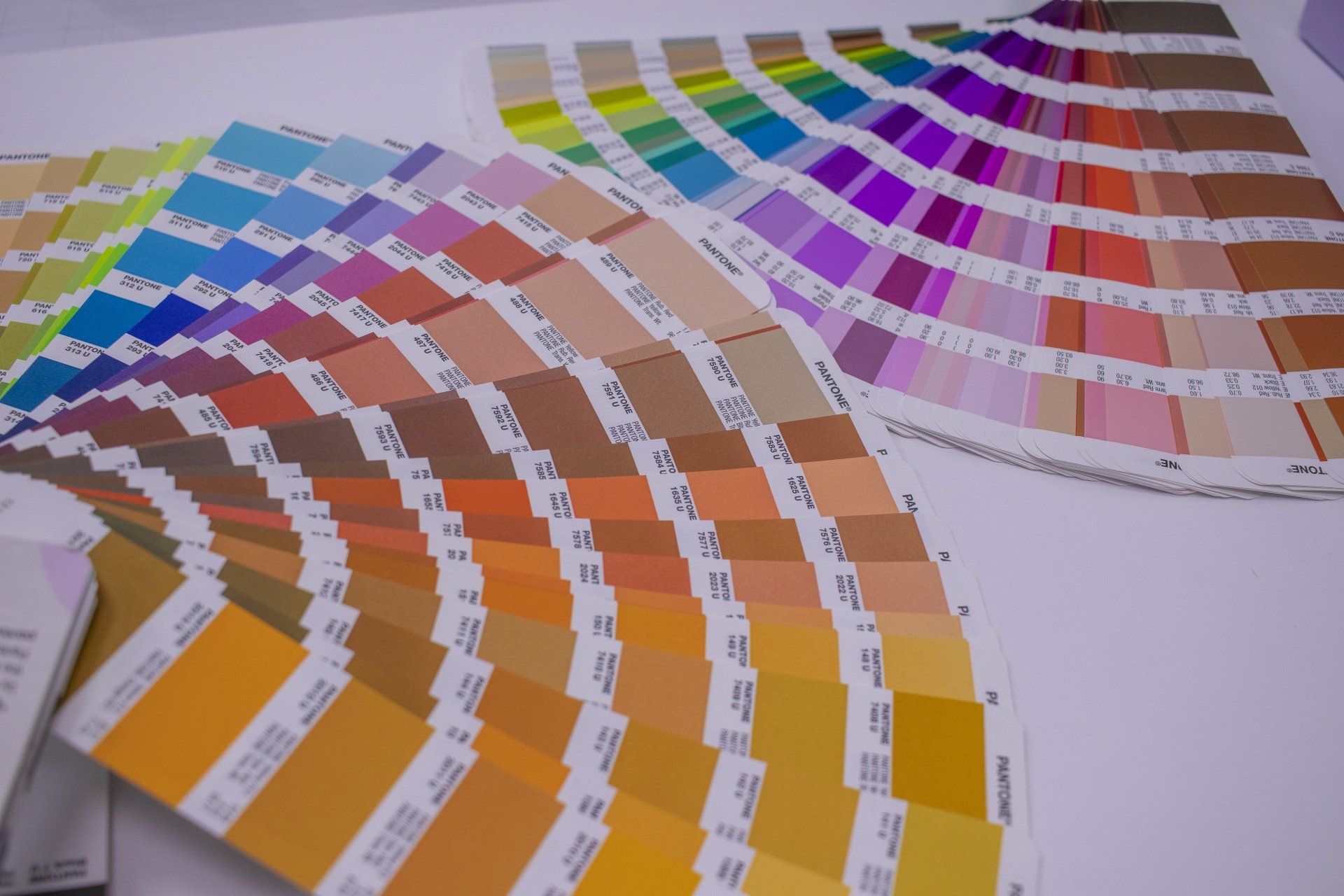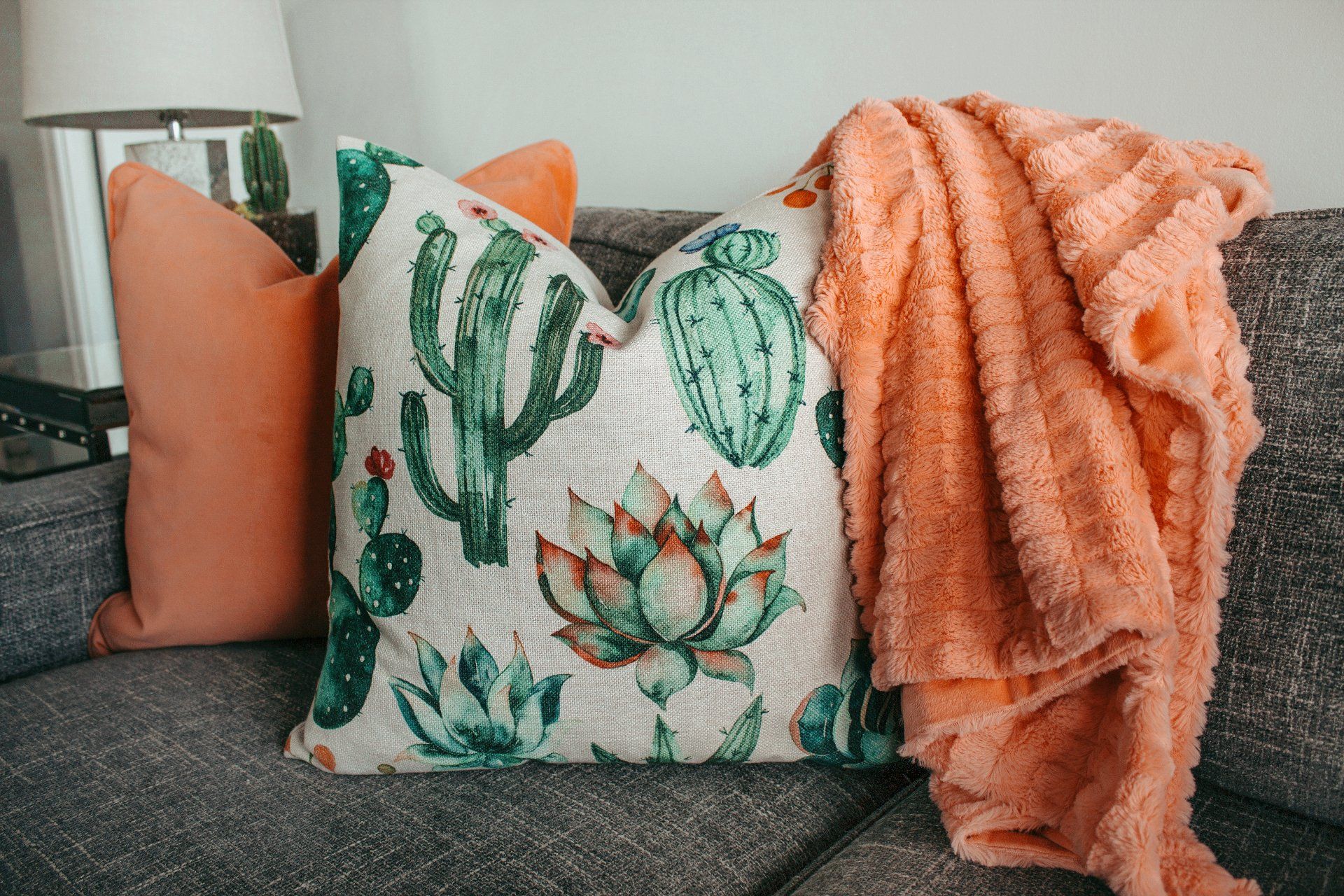Transforming Spaces, Inspiring Lives: Garrett Interiors - Where Tips and Tricks Spark Colorful Creations!
Discover how to create a vibrant living room using the importance of color theory in our blog 'The Importance of Color Theory in Creating a Vibrant Living Room'.

Basics of color theory
Color theory is crucial for creating a vibrant living room. Understanding the color wheel can help you choose colors that complement each other and create a visually appealing space. The three primary colors are red, blue, and yellow, and you can mix them to create secondary colors like green, orange, and purple. Complementary colors are opposite on the color wheel and can give a room a dynamic look when used together. Analogous colors are next to each other on the color wheel and create a harmonious feel. Warm colors like red and yellow can make a room feel cozy, while cool colors like blue and green can create a calming atmosphere.
Impact of color on room ambiance
Colors play a significant role in shaping the ambiance of a room. Bright colors like yellow and orange can create a lively and energetic atmosphere, while cool tones like blue and green can evoke a sense of calm and relaxation. The right color scheme can make a room feel spacious and inviting, while the wrong choice can make it feel cramped or dull. Consider the emotions you want to evoke in your living room when selecting colors, and don't be afraid to experiment with different combinations to find what works best for you.
Choosing the right color palette
First, think about how you want your living room to feel. Warm colors, like reds, yellows, and oranges, can make a room feel cozy and inviting, while cool colors, such as blues and greens, can create a calming atmosphere. Neutrals like beige, gray, or white provide a versatile backdrop for any style. Consider using a complementary color scheme, where colors from opposite sides of the color wheel are paired together for a bold look. If you prefer a more harmonious feel, try an analogous color scheme, which uses colors next to each other on the color wheel. Remember, the key to creating a vibrant space is choosing colors that resonate with you and bring positive energy to your home.
Key elements of a vibrant living room
Vibrant living rooms are characterized by a mix of bold and bright colors that energize the space. To create a vibrant living room, you should focus on three key elements: color scheme, lighting, and accessories.
Color scheme is crucial; choose colors that complement each other and make a statement. Lighting plays a significant role in setting the mood; consider natural light and layered lighting for a dynamic effect. Accessories like colorful throw pillows, rugs, and artwork can tie the room together and add personality.
Incorporating complementary colors
When decorating your living room, using complementary colors can make the space more vibrant and visually appealing. Complementary colors are pairs of colors that are opposite each other on the color wheel, such as red and green, blue and orange, or yellow and purple.
- Combining complementary colors creates a dynamic contrast that can bring energy and harmony to your living room.
- Red and green are a classic complementary pair that can create a bold and festive atmosphere.
- Blue and orange can offer a calming yet lively effect when used together.
- Yellow and purple can bring a sense of balance and sophistication to your space.
Experimenting with complementary colors can help you achieve a lively and harmonious look in your living room.
Balancing warm and cool tones
Warm tones like red, orange, and yellow give a cozy feel, while cool tones like blue and green bring a sense of calmness. Balancing warm and cool tones is key to creating a lively yet harmonious living room. A good mix of these colors can make the space feel inviting and relaxing at the same time.
Utilizing accent colors effectively
When decorating your living room, using accent colors effectively can make your space lively and interesting. Choose accent colors that complement your main color scheme and add pops of color through items like throw pillows, rugs, and artwork. Avoid using too many accent colors to prevent overwhelming the room - 2 to 3 accent colors are usually enough. Remember, accent colors are meant to enhance your main color palette, not overshadow it.
Textures and patterns for visual interest
To create visual interest in your living room, incorporating a variety of textures and patterns is key. Mixing different textures such as smooth fabrics, plush rugs, and sleek surfaces can add depth to your space. Pairing various patterns like geometric shapes, florals, or stripes can bring a dynamic visual appeal. Balance is crucial; too many competing textures or patterns can make the room feel overwhelming. Striking a harmony between contrasting textures and coordinating patterns can transform your living room into a vibrant and inviting space.
Lighting considerations for a vibrant space
Lighting is key to creating a vibrant living room. Make sure your space has natural light to create an inviting atmosphere. Consider adding different light fixtures like overhead lights, floor lamps, and table lamps to illuminate the room evenly. Adjustable lighting can help you set the mood for different times of the day. Lighting color is also essential - warm tones create a cozy feel, while cooler tones can make the room look more spacious. Experiment with various lighting options to find what works best for your space.
Practical tips for implementing color theory
When implementing color theory in your living room, start by selecting a color scheme that represents the mood you want to create. Consider how each color makes you feel and how they complement each other. Use a color wheel to choose colors that are harmonious or contrasting, depending on the effect you desire. Experiment with different shades and tones of the chosen colors to add depth and interest to the room. Remember that lighting can affect how colors appear, so test your choices in natural and artificial light. Lastly, accessorize with accents like pillows, rugs, and artwork to tie the color scheme together and create a cohesive look.

